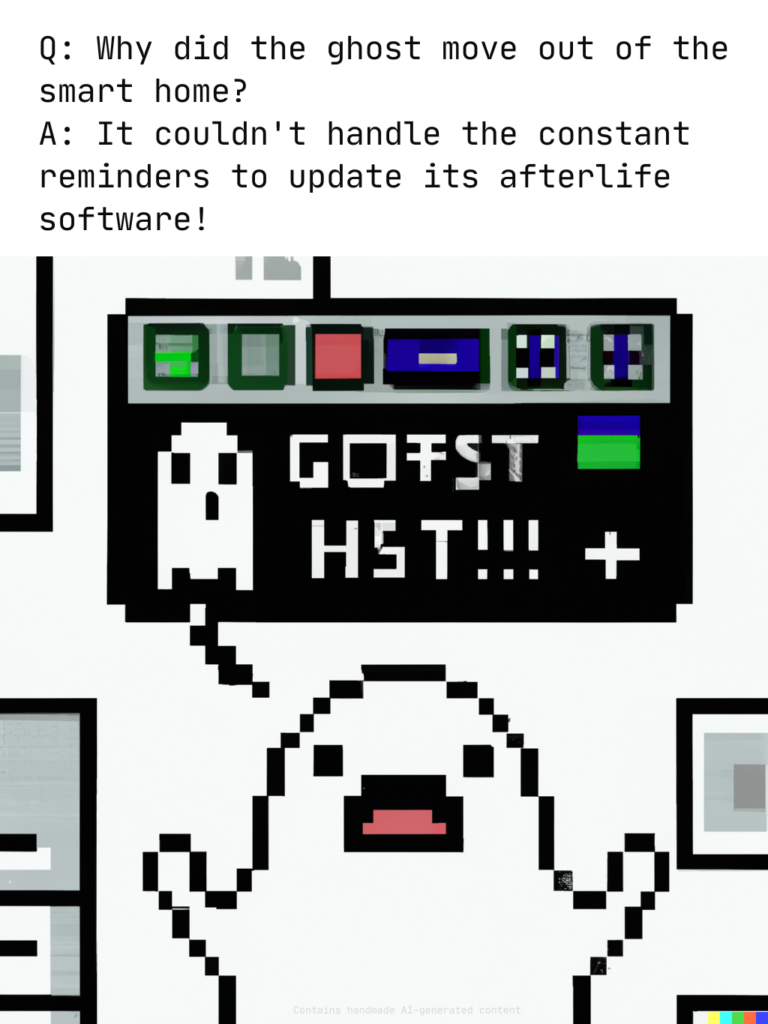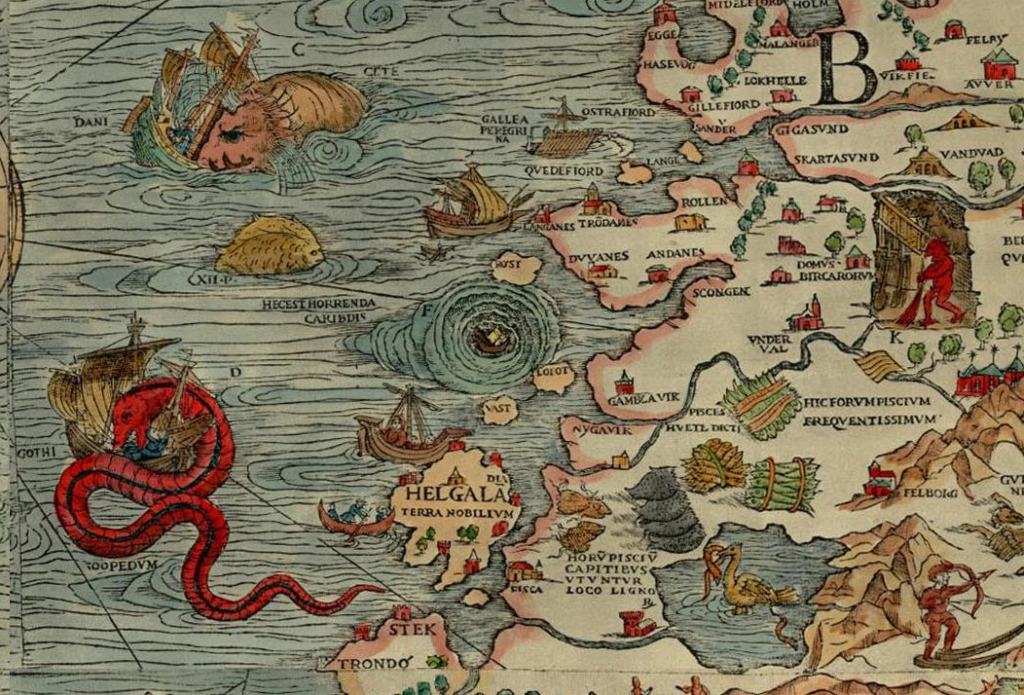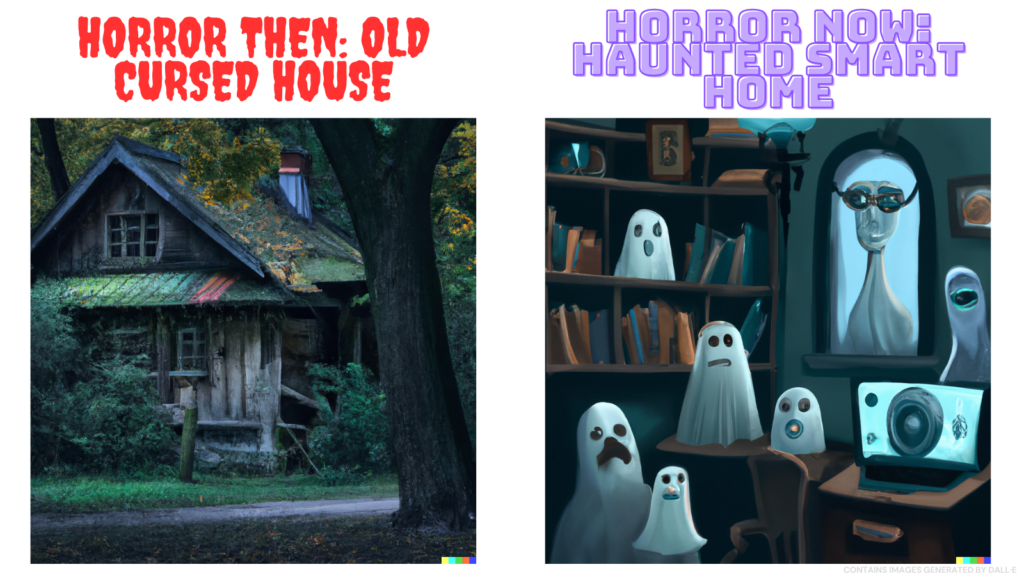Q: Why did the ghost move out of the smart home?
A: It couldn’t handle the constant reminders to update its afterlife software!

The Storycraft Adventures: Mapping Way Ahead with Fibonacci and Dragons Can stories be the driving force behind change and guide us towards a clear path forward? This question was at the heart of my recent workshop with the European Trainers Network. Our goal was to explore the potential of storytelling in finding solutions for pressing challenges, such as improving internal communication and achieving results with diverse teams. Using a guinea pig of a fictional scenario crafted from three real stories, we embarked on a three-step journey. We delved into telling the stories, leveraging the power of Anecdote Circles, mapped possible solutions in the complexity space using the Cynefin framework, and employed the technique of Planning Poker to prioritize our solutions.

Playing Planning Poker turned out to an immensely insightful exercise. For those who are not familiar with the Planning Poker—it is a gamified technique for estimations. The members of the group make estimates by playing numbered cards face-down to the table, instead of speaking to them aloud, to avoid the cognitive bias of anchoring. A typical deck has cards showing progressing in non-linear manner (e.g. 0, 1, 2, 3, 5, 8, 13, 20, 40, 100), as it better reflects the nature of the world. We played in Zoom White Board using a shortened deck by Redbooth—only 1, 3, 8, 100 and Dragon “Here be dragons” to mark dangerous unknown areas.
Our participants were tasked with estimating the level of effort required for the proposed solutions that we had mapped in the previous step. After the initial round of assessments, a fascinating picture emerged. Some ideas received similar estimates, while others, including seemingly straightforward solutions, garnered disparate cards—like a combo of 1, 100, and the enigmatic Dragon. Rather than seeking immediate consensus and convergence, we embraced the divergence and initiated conversations. This exploration uncovered a wealth of stories and nuanced solutions. For instance, the idea of having a dedicated communicator to facilitate dialogue between different teams was split into two parts. The first part, selecting a dedicated person to facilitate communication, received a score of 3 and was placed in the complicated domain—there are good practices how to do it. However, organizing the communication process itself, was considered a project itself, requiring expert knowledge and scored 100, and placed between complex and complicated dolmans—as it requires experimentation. Similarly, a seemingly simple idea to partner with an electronic company to provide travel adaptors for the US market was met with a dissenting Dragon card. This unexpected response raised important considerations related to legal requirements and the need to thoroughly assess market demands before proceeding.
The Storycraft Adventures workshop helped me to realize three things. First, stories has an immense transformative potential. Second, estimations, similar to Planning Poker, could highlight important deviations in views and dissents—promising unexplored territories and a fresh perspective. Third, in embracing the divergence and exploring the stories behind the different estimates, we uncovered a treasure chest of insights and valuable perspectives. By combining storytelling techniques with collaborative estimation methods, we gained a deeper understanding of the challenges at hand and charted a way forward that encompassed the complexity and nuances of our goals.
European Trainers Network is serving club members of any Toastmasters club in Europe. ETN facilitates development of skills needed to create and conduct training sessions using adult learning theory.
Do you notice the ever-changing landscape of horror? Back in the day, we were terrified of those old cursed houses, with their eerie vibes and creaking floorboards, featuring known horrors, whether mythical or real. But fast forward to today, and what do we have?

Haunted smart homes! Forget the ghostly moans, clinking of chains, and transparent figures in white. The menace is unknown and ubiquitous. It could be a thermostat running amok, controlled by hackers who think they can mess with our lives. It could be a peeping web camera, broadcasting publicly due to the nonchalance of the person who installed it. It could even be a fridge ordering a hundred packs of toothpicks as the hallucinating AI recommendation system decides these mini swords are an absolute must for an epic battle between the condiments.
Remember the days when we were scared of the idea of big machines going haywire, giving us the heebie-jeebies? HAL9000 from “2001: A Space Odyssey” would say things like, “I’m sorry, Dave, I can’t do that.” Well, now we don’t have insanity in the mainframe; instead, we have an army of tiny WiFi ghosts haunting our routers, watching our Netflix, chuckling at our WhatsApp messages, and making us guess who is truly behind that black box during a Zoom call. It’s like living in a digital haunted house, where even our own devices have a mischievous spirit.
So, remember to keep your devices secure and your sense of humor intact. After all, what’s scarier than a haunted smart home? Trying to get tech support on a Monday morning!
Today I got an email, which read like the following (I scrapped boring non-essential parts):
Hello Mihail PELEAH,
Thank you for your interest in null, and applying for [...] Please note that [...]
Sincerely,
Recruitment Team
nullOne of many machine-generated messages, one could say, cheap, fast, ubiquitous. Seems nothing wrong with it—in the end, Bloomberg has been using automatically generated news since the 90s or 80s. But this email is meaning-loss.
It brought no new information to me—the scrapped part […] highlighted some info, which had already been in the application. But someone decided to send this email, and prioritized speed over quality, and checking how it will look like for recipients.
Automatization—epitomized by buttons “Make it nice!” or “Do it for me!”—giving raises the attitude “I don’t know and I don’t care” and desire to outsource decisions. According to the Oracle Decision Dilemma Report 2023, 64% of people and 70% of business leaders would prefer to have a robot make their decisions. However, this is meaning-loss, it distracts from the question WHY we make these decisions, and focuses on miniscule hassle of WHATs of decision making.
Meaningless could be useful sometimes, meaning-loss—never. Meaningless mingling at parties could be fun and camaraderie. Meaningless slam and mosh-pit can help us shed negativity. Meaningless sitting in silence in a corner is called meditation.
(Oxford dictionary defines meaningless as “without any purpose or reason” and adds “and therefore not worth doing or having.” Many artists would not agree with the latter statement)
In a world plagued by speed and efficiency, it is easy to fall into the trap of meaning-loss. Maybe by embracing the meaningless could help us to slow down, focus on quality and ask ourselves WHY? to reclaim our agency?
P.S. Just got another email:
Congratulations! Job requisition [...] was canceled and has reached the Open - Canceled status.Invisible wall exists between every speaker and their audience. You need to break down that wall to reach your audience, it’s the art of getting to “them.” To move from an experienced speaker to an engaging speaker, you need to understand that how you’re connecting is just as important as what you’re saying.
🧙♂️ Tell great stories. What establishes trust? Authenticity, simplicity, and creativity. All elements of a great story. An insightful story can persuade people from any walk of life.
🤹♀️ Ask powerful questions. Rather than pretend to be a know-it-all, ask questions to get them thinking, invite them to analyze how they think, provide food for thought, to make their own thought-based decisions.
🤗 Tap into empathy. Build your presentation around their needs. What subject really matters to them? What challenges are they facing? What do they need to make themselves successful?
🌜🌞 Use contrast and variety. “Serve” viewers a buffet of brief stories, contrasting a serious, investigative piece, delivered with intensity, with a fun human-interest story, sprinkled with banter.
🤷♂️ Embrace mistakes. Mistakes happen. No matter how much you plan, something unexpected and unpredictable is bound to occur. On the improv stage this fact creates magic. For an improviser there are no mistakes, only opportunities. Any communicator can practice this with any audience.
💯 Be real. Let them be real. Authenticity is the currency of a real engagement from an audience.
Listen podcast and read full article “8 Tips for Engaging Your Audience” 👉 https://lnkd.in/eYC96Nzk